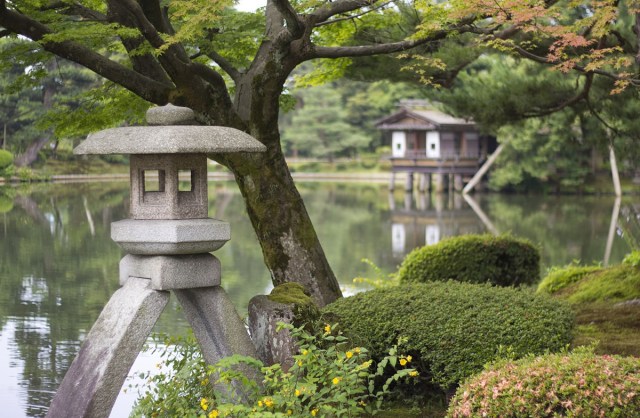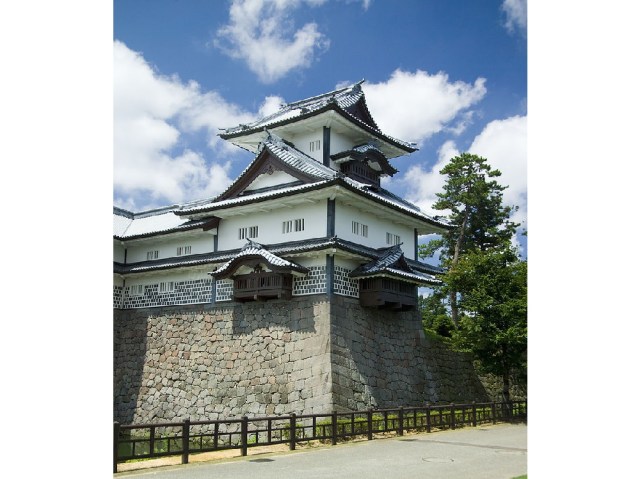Which parts of Ishikawa are OK to travel to after Noto quake? Government shares guideline map

“Don’t come to Noto, but please come to Ishikawa.”
On January 1, a powerful earthquake struck the northern coast of Japan’s main island of Honshu. More than 200 people lost their lives and tens of thousands had to evacuate their homes, with the most extensive damage occurring in Ishikawa Prefecture’s Noto Peninsula.
When earthquakes occur in Japan, rural areas like Noto, where buildings are older and less quake-proofed and there’s less infrastructure surplus than in big cities, tend to be the hardest hit. Unfortunately, many rural communities are heavily reliant on tourism to keep their local economies afloat, and strong earthquakes can create a ripple of averse effects as travelers avoid the region entirely because they’re unaware of what areas they can safely travel to without getting in the way of relief operations.
This is the position Ishikawa finds itself in. The prefecture still wants travelers to visit and support local merchants, restaurants, hotels, and cultural attractions, but to avoid areas where extensive recovery projects are still ongoing. With that in mind, the official Ishikawa Twitter account is asking potential visitors to refer to a map created by animator and Twitter user @natoriyuichiro, which the Ishikawa government says is a proper representation of the situation as of its January 17 endorsement.
【全国のみなさまへ】
— 石川県「もっといしかわ」 (@motto_ishikawa) January 17, 2024
「能登には来ないで」「でも石川県には来て」というお願いで混乱された方がいらっしゃると聞きました。
『石川県外の方に分かりやすい画像』が投稿されていましたので、良かったらご覧ください。
出典@natoriyuichiro#能登を諦めない#がんばろう石川 https://t.co/SIdyqpj74M
“We’ve heard some people are confused over our request of ‘Don’t come to Noto, but please come to Ishikawa,’” the tweet begins. “A map that’s easy for people from outside of Ishikawa to understand has been posted, so please refer to it.”
Within the map, the area outlined in red marks Ishikawa Prefecture. Ishikawa can be broadly divided into two parts, the Noto region (能登地方) to the north and the Kaga Region (加賀地方) to the south, with the city of Kanazawa (金沢), the prefectural capital, as effectively the north border of Kaga.
Noto has a higher ratio of narrow mountain roads, the map explains, many of which have been blocked or damaged by the quake, causing extensive traffic jams in the area. For this reason, use of private cars is not recommended, in order to leave as much of the road network’s capacity for residents, relief staff, and essential workers. The map also subdivides Noto into Northern Noto (能登北部) (also called Inner Noto [奥能登]), and Southern Noto (能登南部), shown by the red and orange areas on the map. Out of the two, Northern Noto has been especially affected by the quake, as the epicenter was off the northern tip of the coastline.
On the other hand, things in the Kaga region, shown in bright green, are pretty much as normal, the map says. Almost all shops and restaurants are keeping to their regular business hours, and sightseeing attractions remain open. The Hokuriku Shinkansen, which connects Tokyo and Kanazawa, is running as normal, flights are arriving and departing regularly at regional air hub Komatsu Airport, and roads remain open to motorists.
▼ Kanazawa Castle is located in the largely unaffected Kaga regions of Ishikawa.

“Please don’t come to Noto yet, but please, definitely, come for sightseeing in Kanazawa and Kaga,” the map’s notes request. They even mention that while Kanazaa is often crowded with tourists, the city is currently light on visitors, so if you’re interested in seeing the city’s historical sites, such as the beautiful Kenrokuen Garden (seen at the top of this article), with smaller crowds while helping the prefecture at a time when tourism revenue is especially critical, now’s your chance.
Source: Twitter/@motto_ishikawa via Hachima Kiko
Top image: Wikipedia/japanexperterna.se
Insert images: Wikipedia/Fg2
● Want to hear about SoraNews24’s latest articles as soon as they’re published? Follow us on Facebook and Twitter!
Credit:




0 comments: